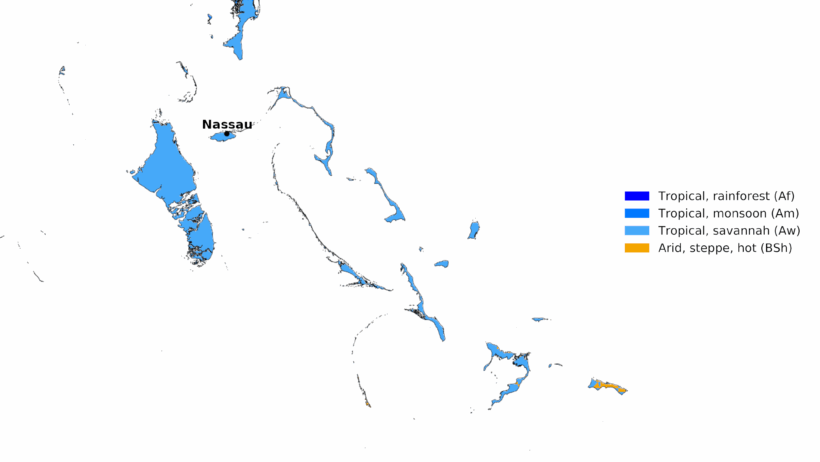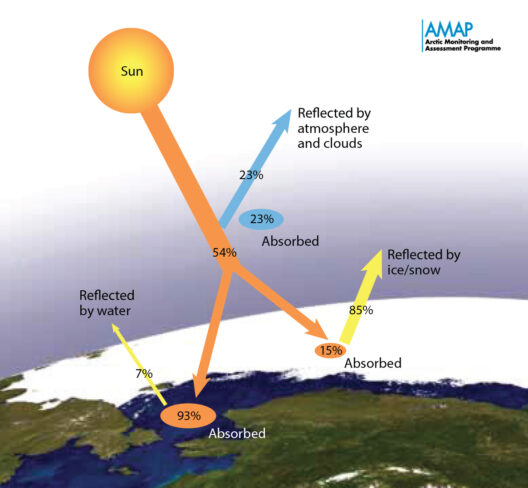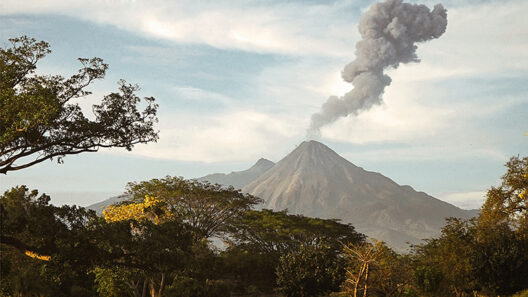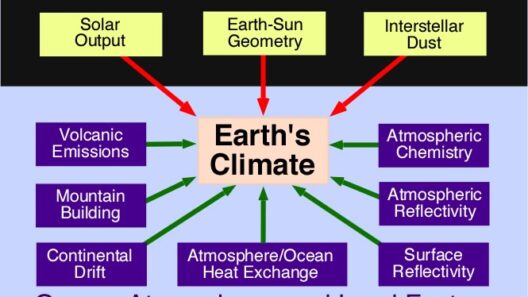The climate of the Bahamas is a multifaceted system predominantly characterized by its tropical nature, yet it is interspersed with the complexities associated with maritime influences, anomalous weather patterns, and climate change implications. This Caribbean archipelago, comprised of over 700 islands, is an intriguing case study of environmental dynamics, juxtaposing idyllic landscapes against the backdrop of extreme weather phenomena.
To appreciate the essence of the Bahamian climate, one must first consider its geographical positioning. Nestled in the Atlantic Ocean, southeast of the United States and northeast of Cuba, the Bahamas is strategically located in a zone where warm Caribbean waters converge with cooler northern currents. This unique geographic placement significantly affects its overall climate, leading us to categorize it predominantly as a tropical savannah climate (Aw) according to the Köppen climate classification. This classification, however, only scratches the surface of the climatic intricacies at play.
On the one hand, the Bahamas boasts a splendid tropical climate marked by warm temperatures and ample sunshine throughout the year. The average temperature hovers around 77°F (25°C), with minor fluctuations between the cooler winter months and the sweltering summer months. This predictable warmth contributes to the Bahamas’ reputation as a premier tourist destination, drawing visitors from around the globe seeking respite from harsher climates.
The dry and wet seasons sculpt the climatic narrative of the Bahamas. The dry season, stretching from November to April, is marked by low humidity levels, minimal rainfall, and a resplendent azure sky. This period facilitates not only recreational activities but also the thriving of diverse ecosystems. Conversely, the wet season from May to October witnesses a notable spike in humidity, temperatures, and precipitation. This season serves as a prelude to the tropical storms and hurricanes that can traverse the region, marking an essential pivot point in the Bahamian climate discussion.
Hurricanes pose a significant risk, altering the perception of the Bahamas as a serene paradise into that of a tempestuous realm. The Atlantic hurricane season spans from June 1st to November 30th, bringing with it a spectrum of tropical systems ranging from mild tropical storms to devastating Category 5 hurricanes. Noteworthy events, such as Hurricane Dorian in 2019, have indelibly marked the nation’s landscape and psyche, reiterating the urgency of climate resilience considerations.
The tropical weather phenomena experienced in the Bahamas can be attributed to the confluence of various meteorological factors. Warm ocean currents, trade winds, and atmospheric pressure variations intertwine, contributing to the development of storms and influencing weather patterns. The localized effect of the islands themselves results in microclimates, which can vary dramatically over short distances, showcasing the Bahamas’ ecological diversity.
Rainfall patterns present another compelling layer in understanding the Bahamian climate. The annual precipitation averages between 30 to 60 inches (750 to 1500 mm), with considerable variation between islands. Tropical storms that sweep through during the wet season can deposit heavy rain, occasionally resulting in flooding and water management challenges. This erratic rainfall can exhibit both beneficial and detrimental effects, sustaining local agriculture while also fostering conditions conducive to waterborne diseases.
The flora and fauna of the Bahamas are intrinsically linked to the climate, fostering an array of biodiversity that flourishes in this tropical context. Mangroves, coral reefs, and Bahama pine forests delineate the landscape, adapting to the seasonal rhythms of wet and dry. The delicate ecosystems present remarkable resilience, yet they remain vulnerable to the ramifications of climate change, including rising sea levels and increasing ocean temperatures, which invite coral bleaching and habitat loss.
Climate change introduces a pressing narrative into the examination of the Bahamas’ environmental framework. The implications of global warming, manifested through severe weather events and gradual ecological shifts, threaten the equilibrium of this tropical paradise. The increasing frequency and intensity of hurricanes pose a formidable challenge, heightening the need for robust disaster preparedness and sustainable development strategies. Coastal erosion, driven by rising sea levels, further exacerbates vulnerability, impacting not only infrastructure but also the livelihoods dependent on tourism and fisheries.
The interrelationship between human activity and weather patterns cannot be overlooked. Deforestation, overfishing, and unsustainable tourism practices contribute to environmental degradation, undermining the natural resilience of the islands. Addressing these challenges requires a concerted effort from government agencies, local communities, and international partners focused on promoting sustainable practices and amplifying climate education initiatives.
Looking forward, the future of the Bahamian climate necessitates a dual approach: embracing adaptation strategies while mitigating climate change impacts. Initiatives aimed at enhancing disaster preparedness, restoring natural habitats, and investing in clean energy solutions can cultivate a resilient ecosystem capable of thriving amidst climatic uncertainties.
In summation, the climate of the Bahamas is a captivating blend of tropical allure and tempestuous trials. Acknowledging the duality of its identity as both a paradise and a battleground against the forces of climate change is essential. Through informed stewardship and collective action, it is possible to protect this unique environment for future generations while embracing its vibrant cultural and ecological tapestry.








